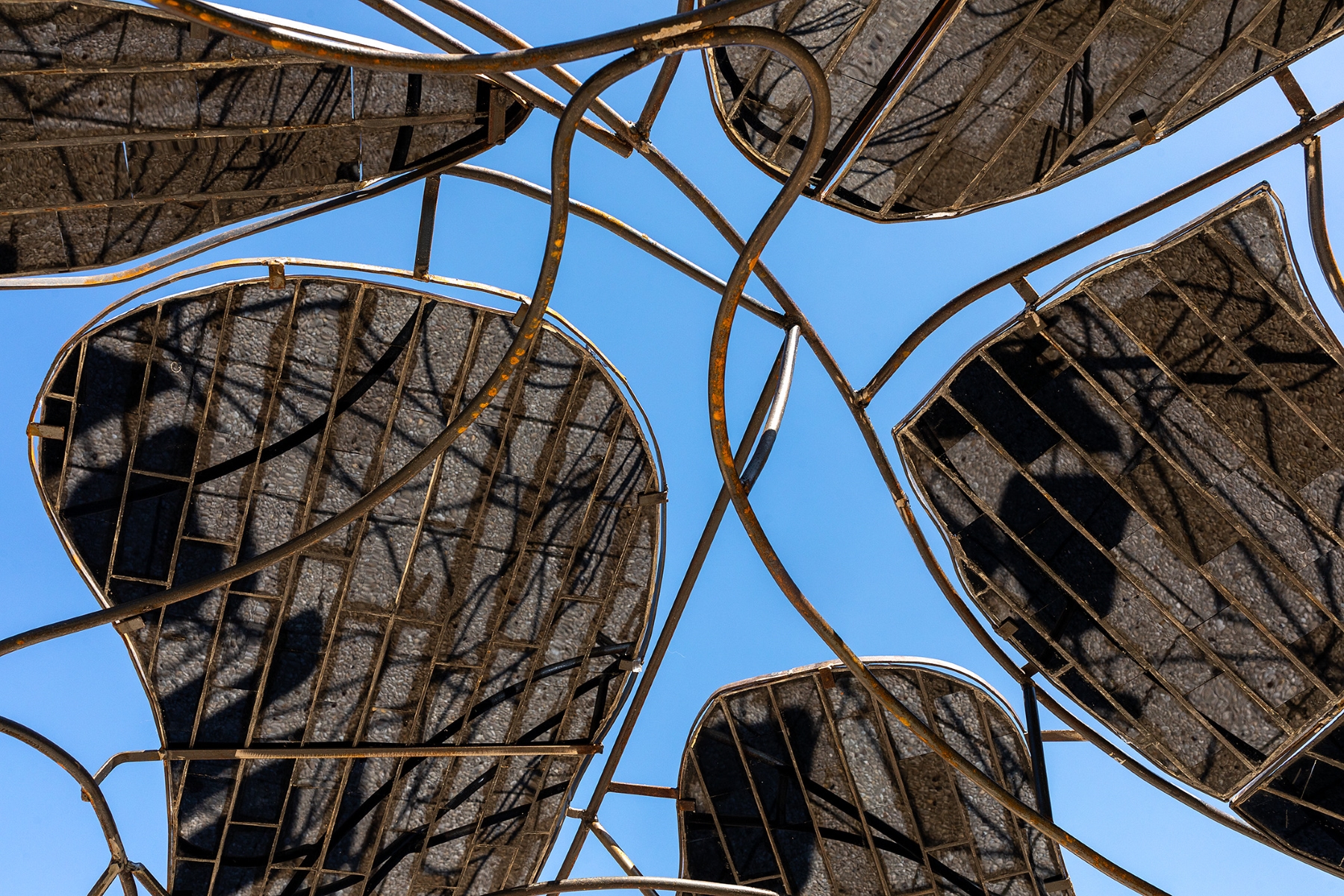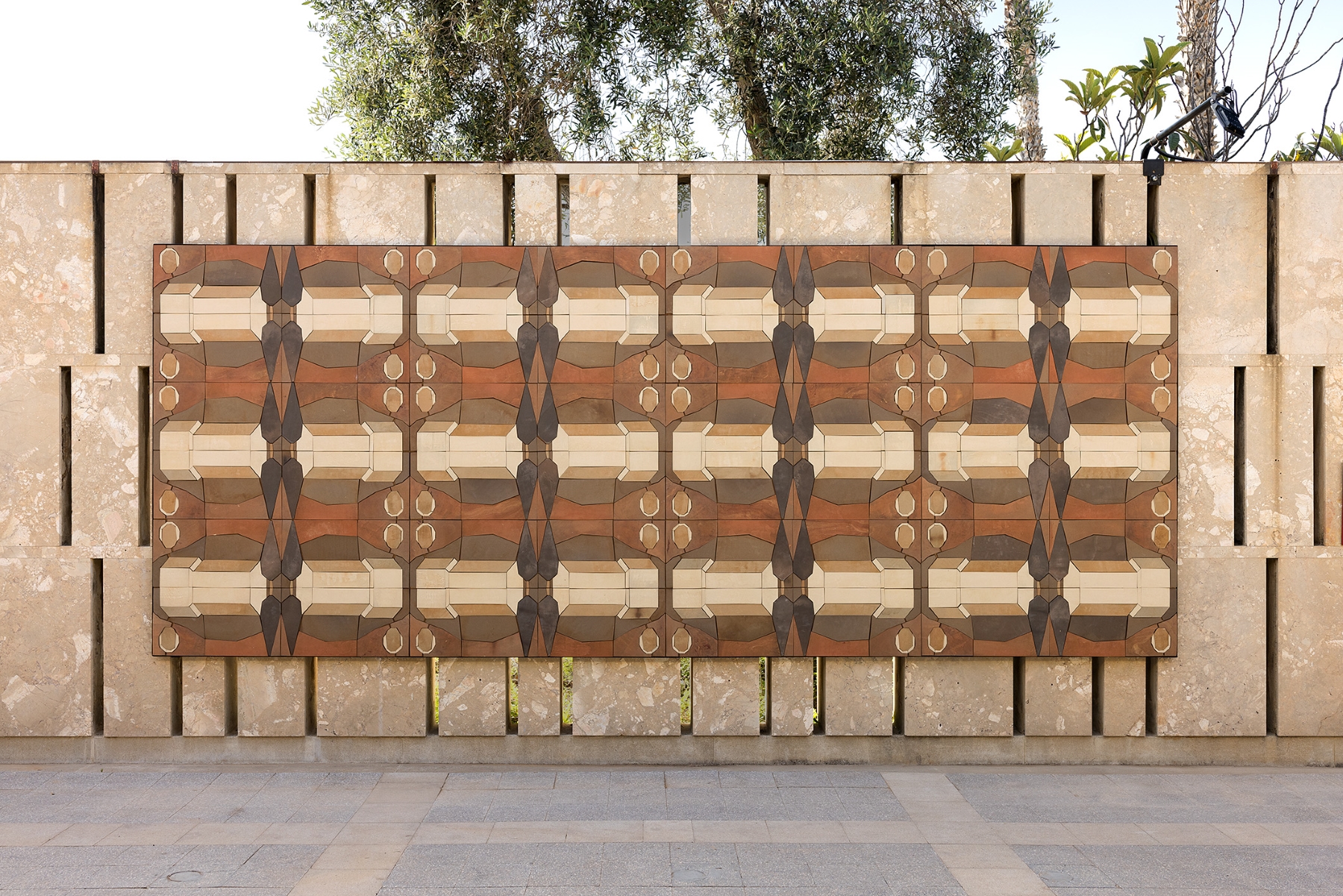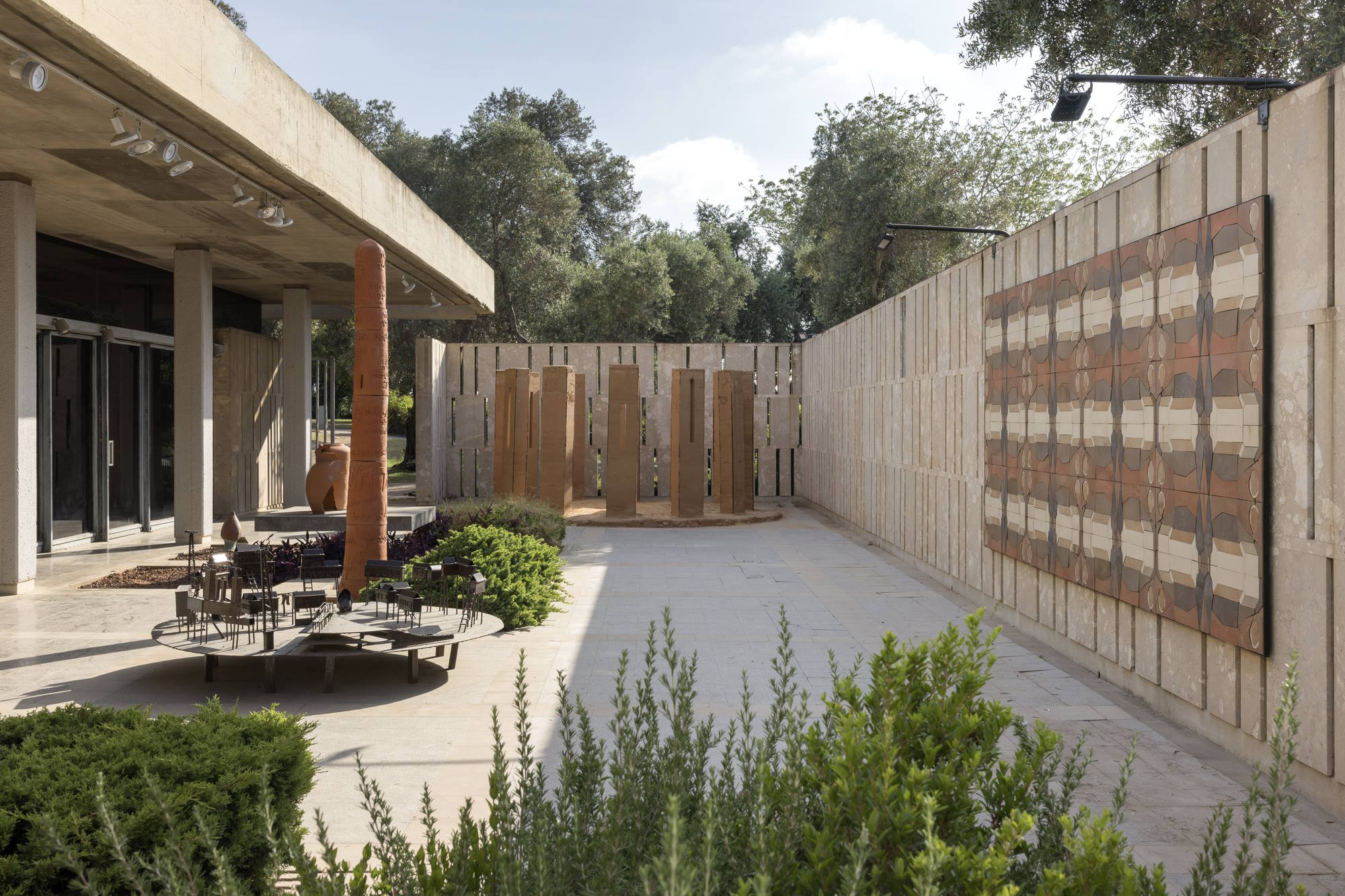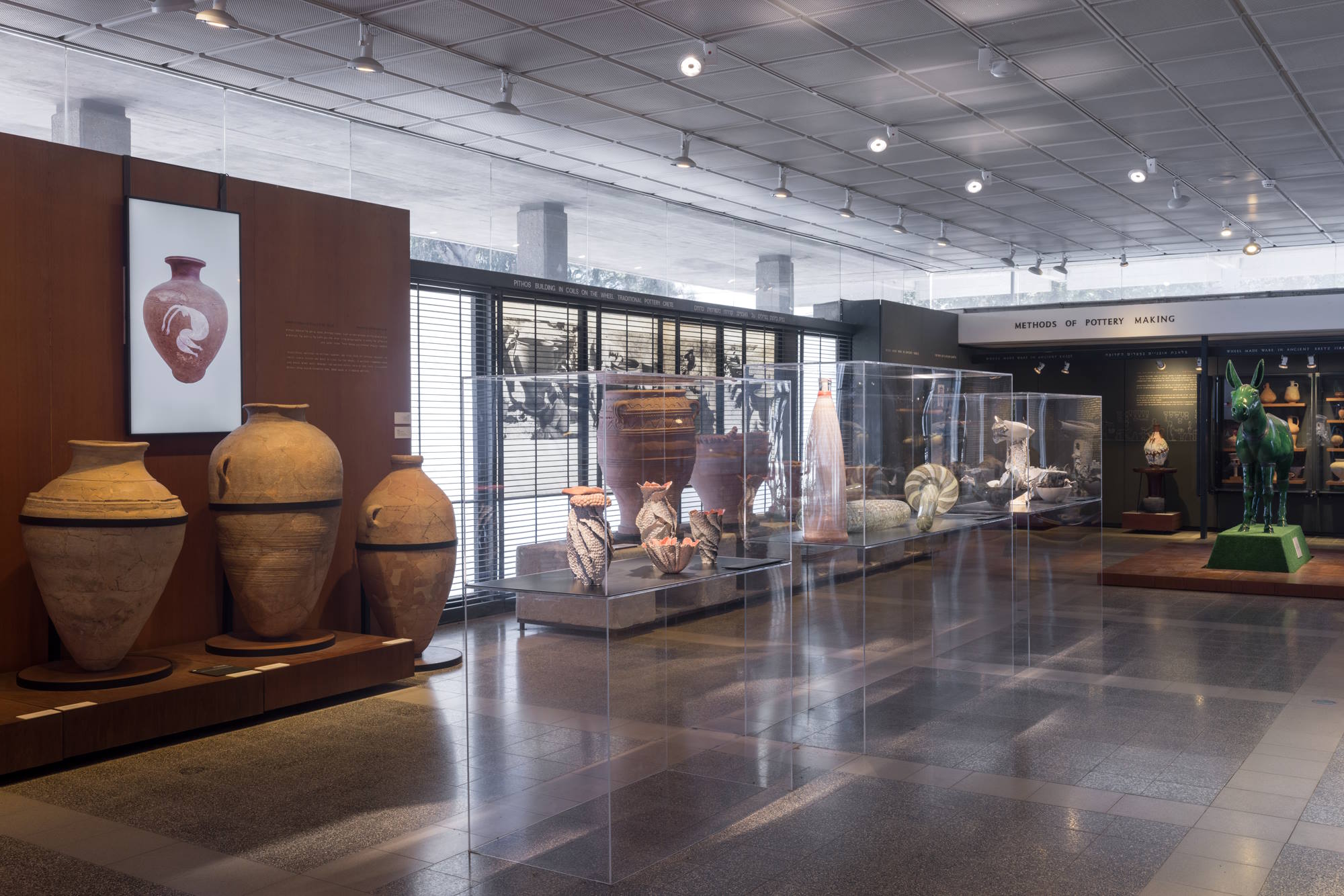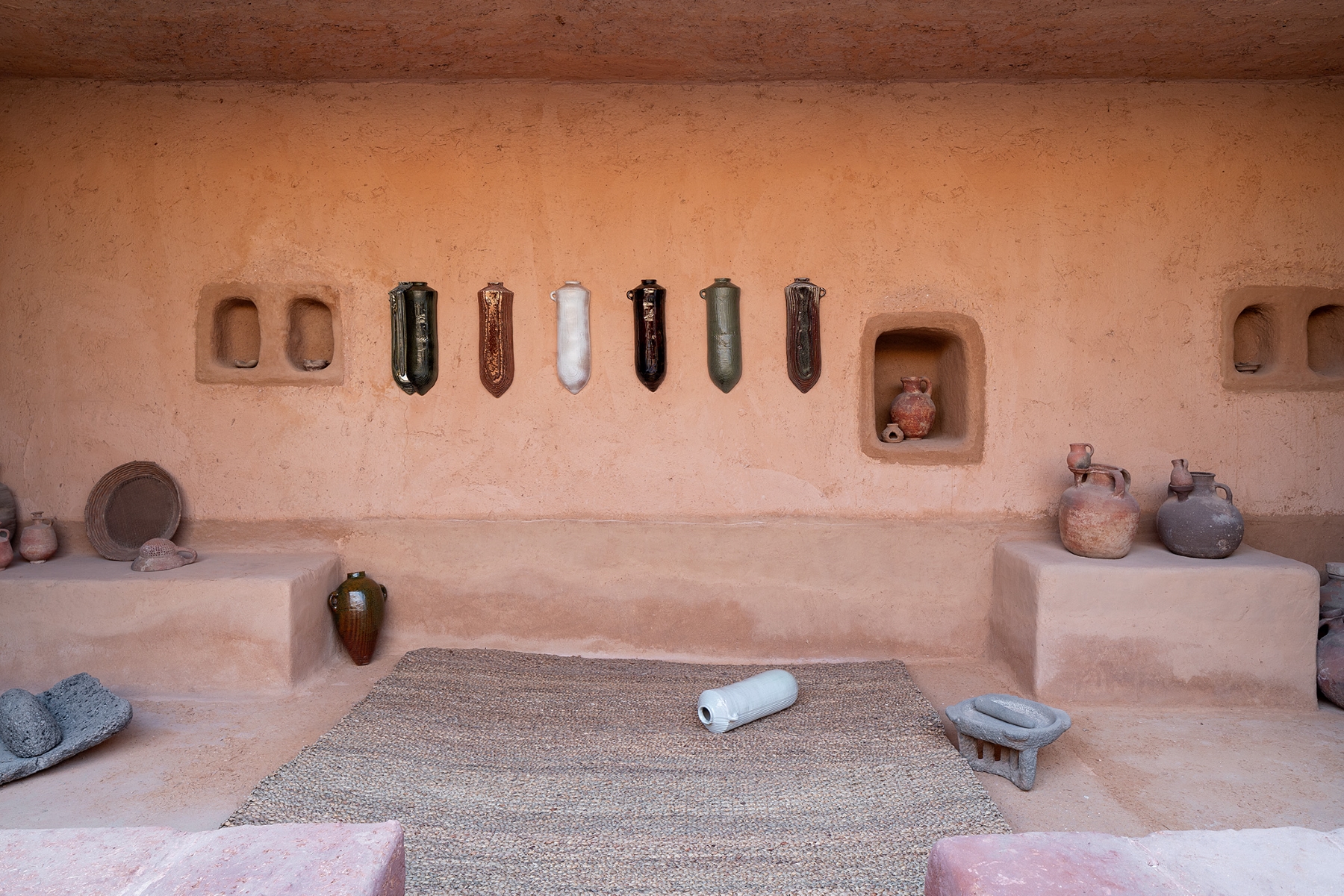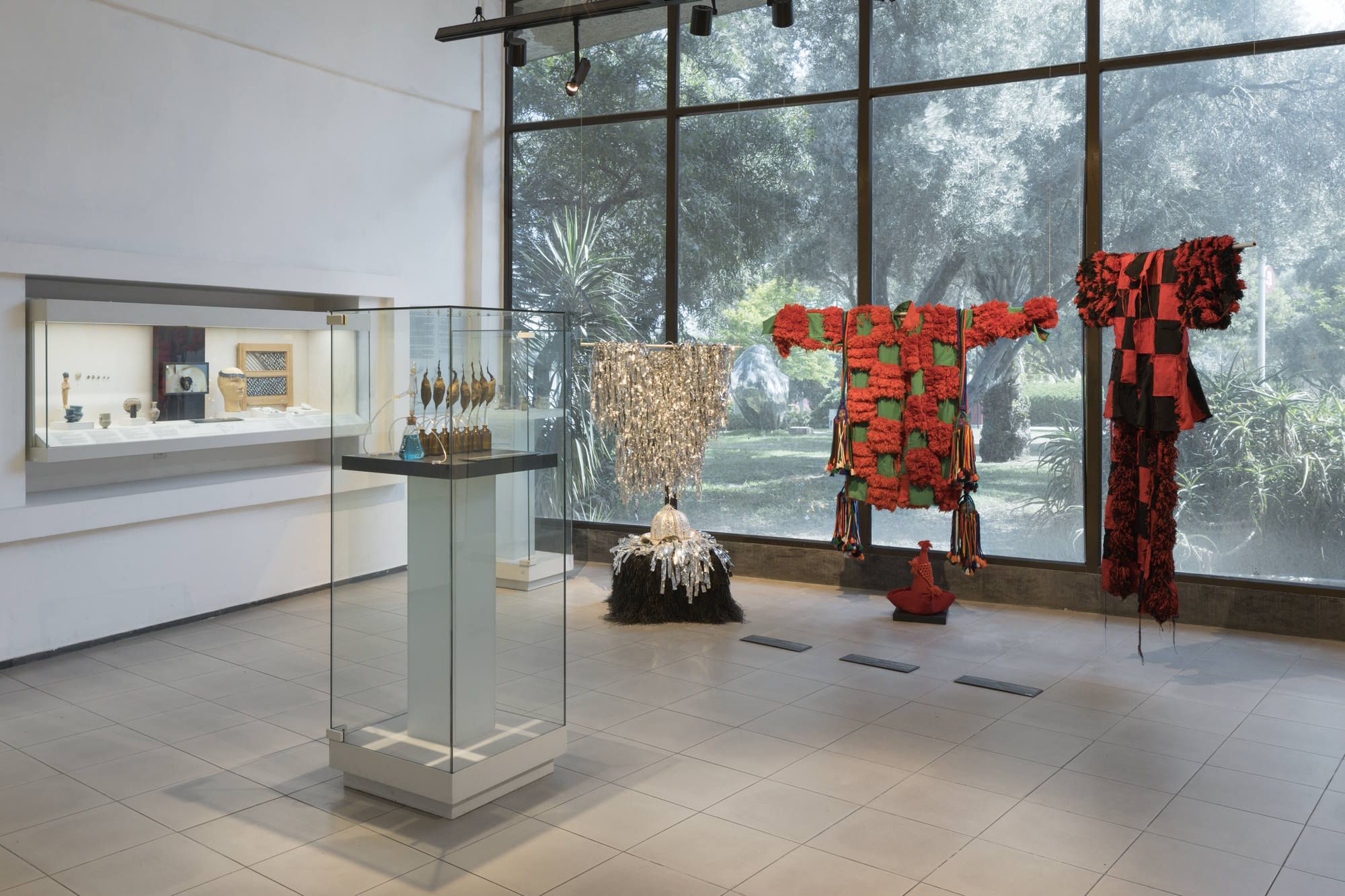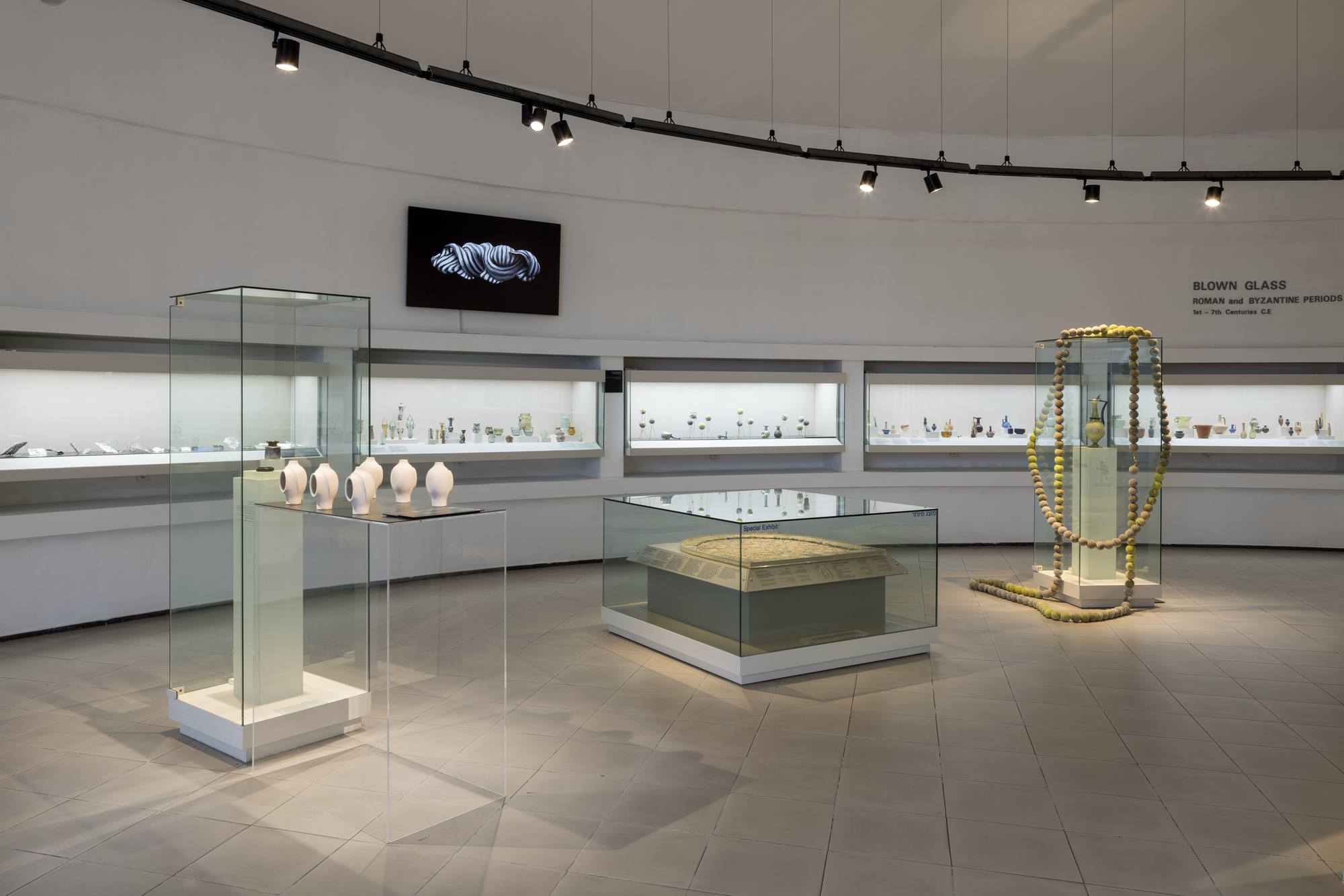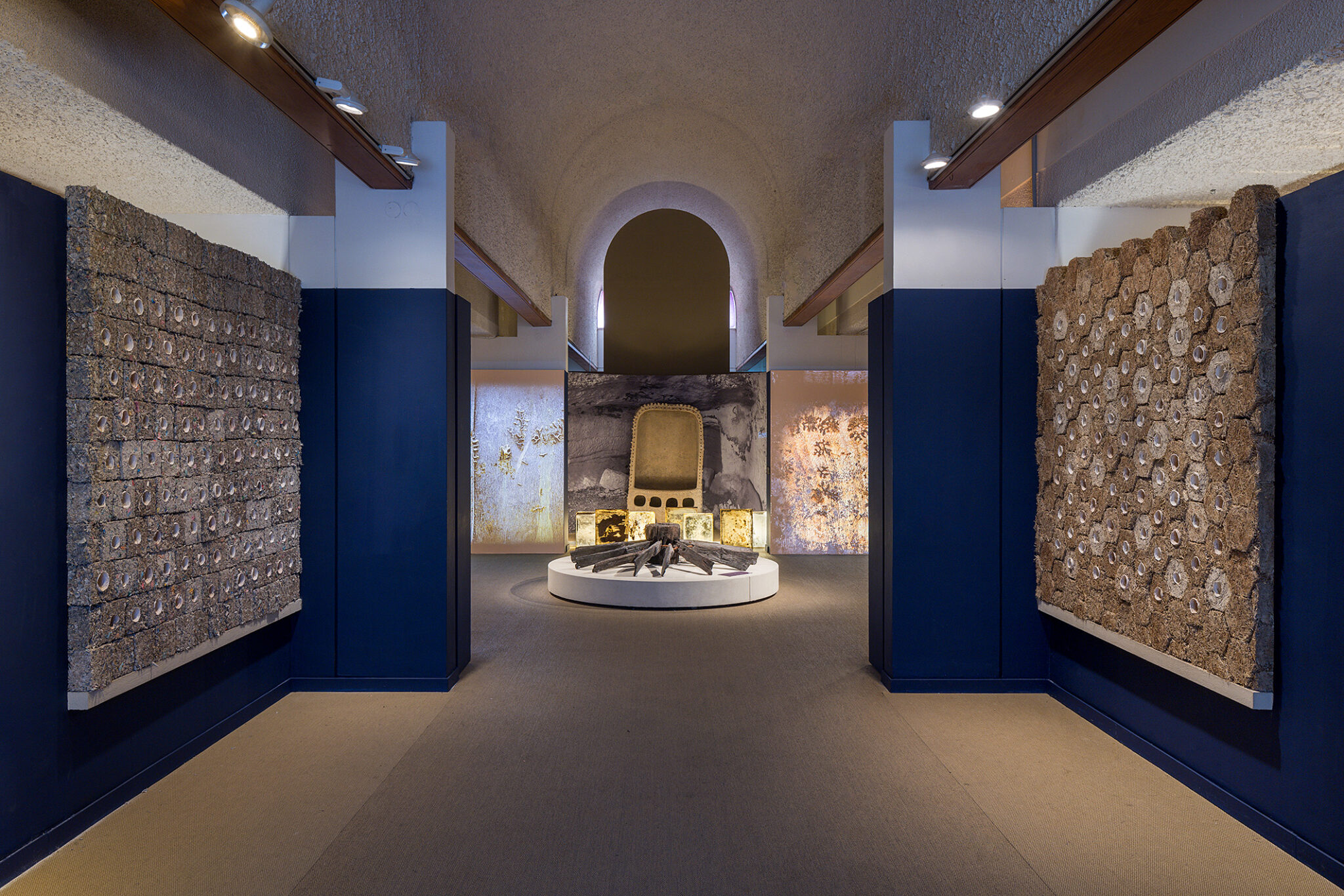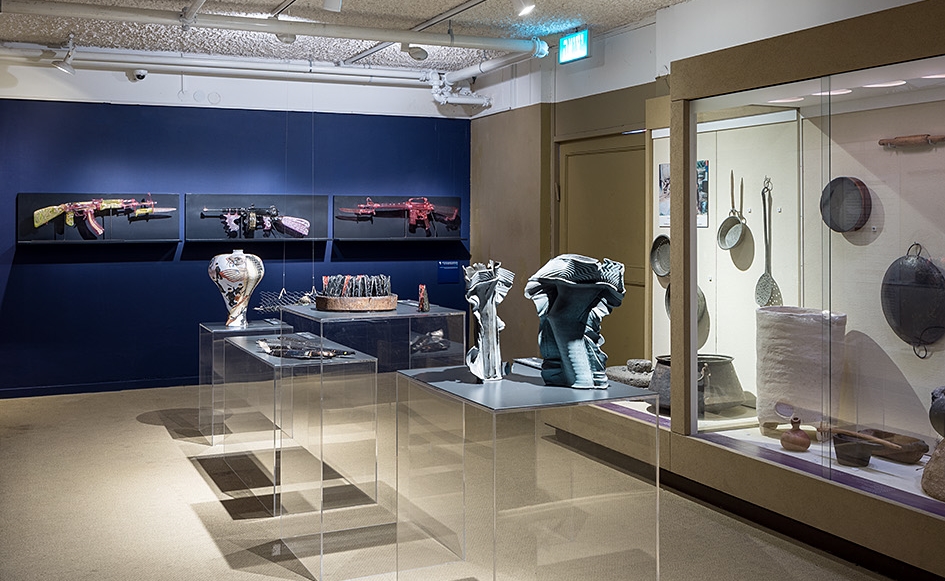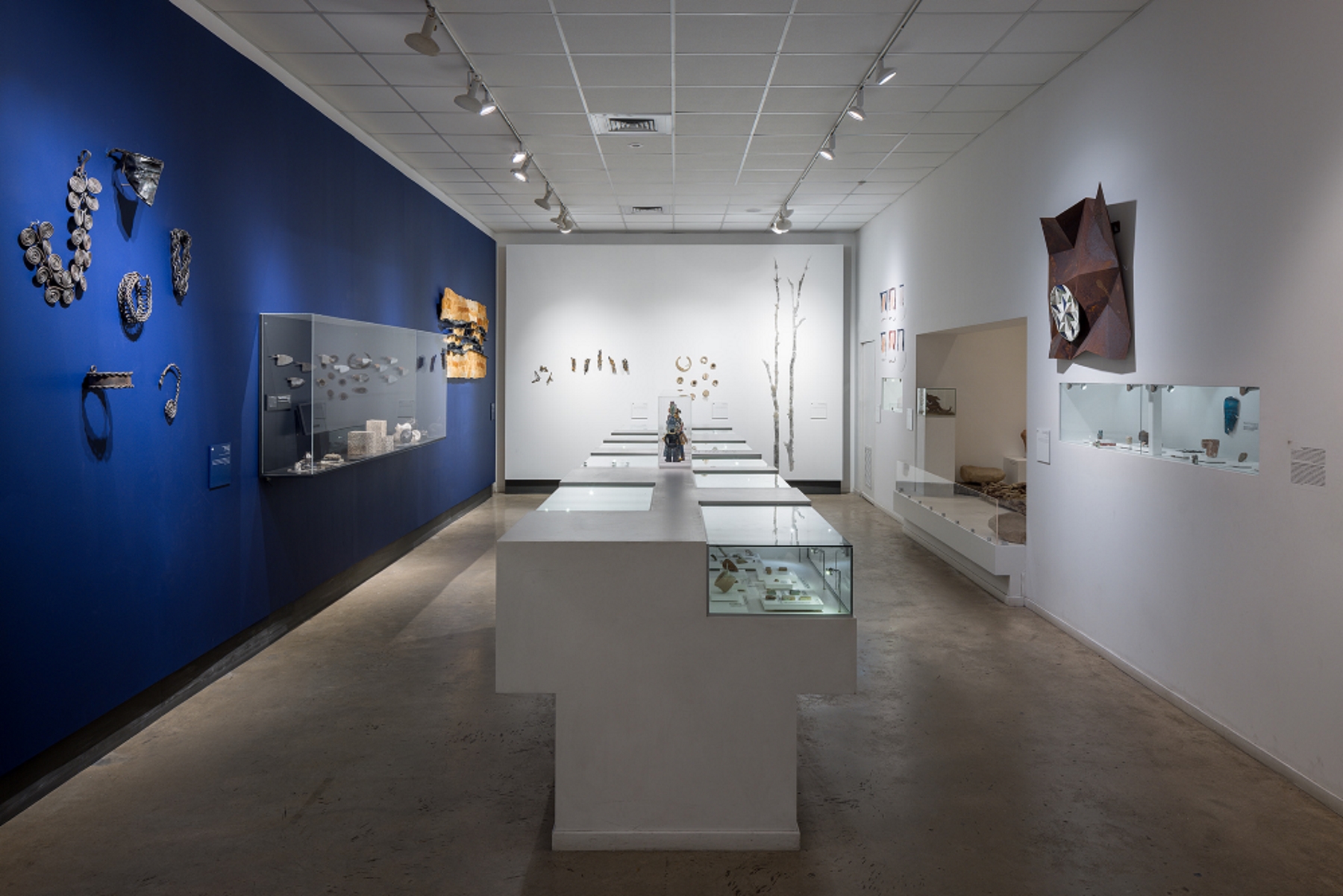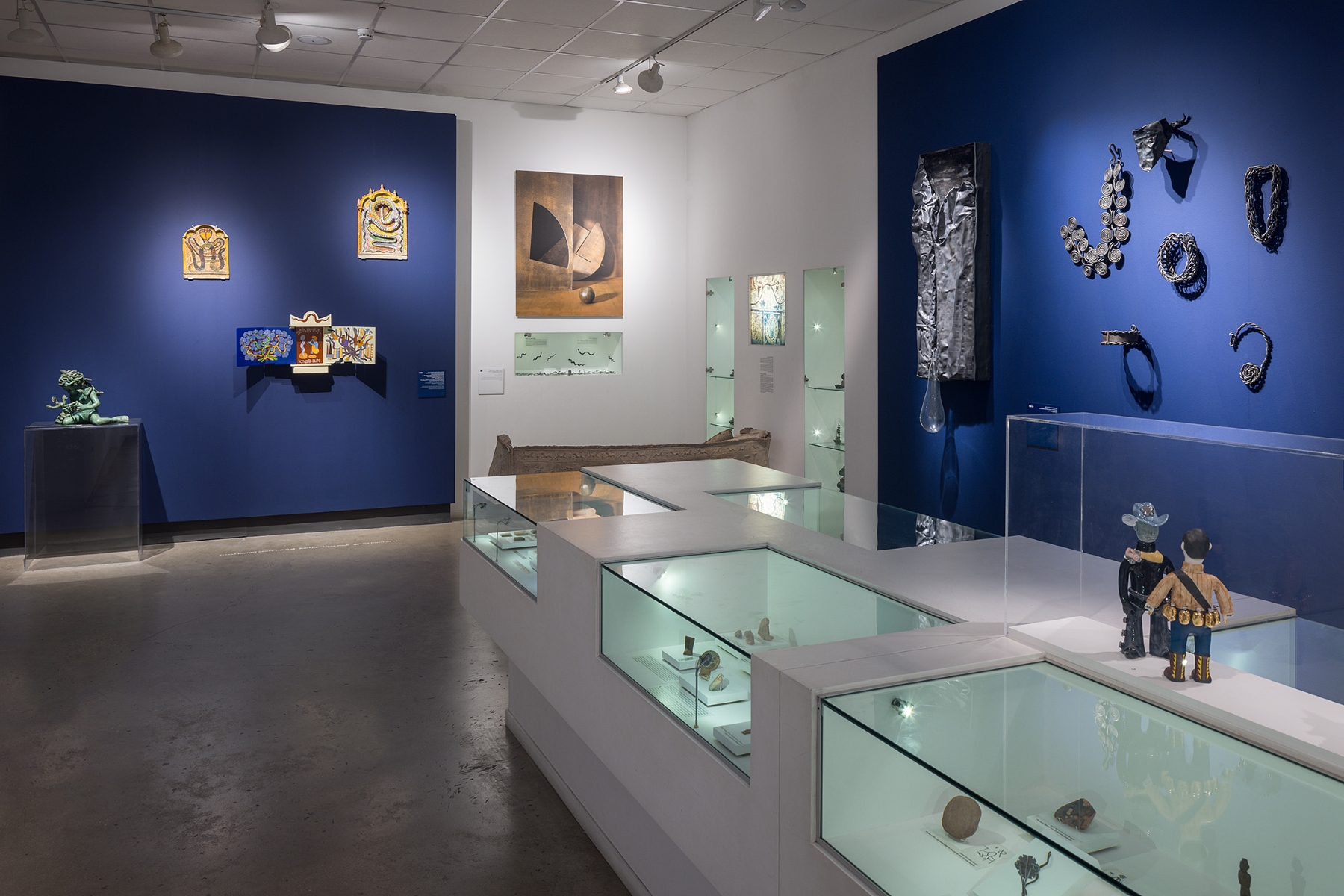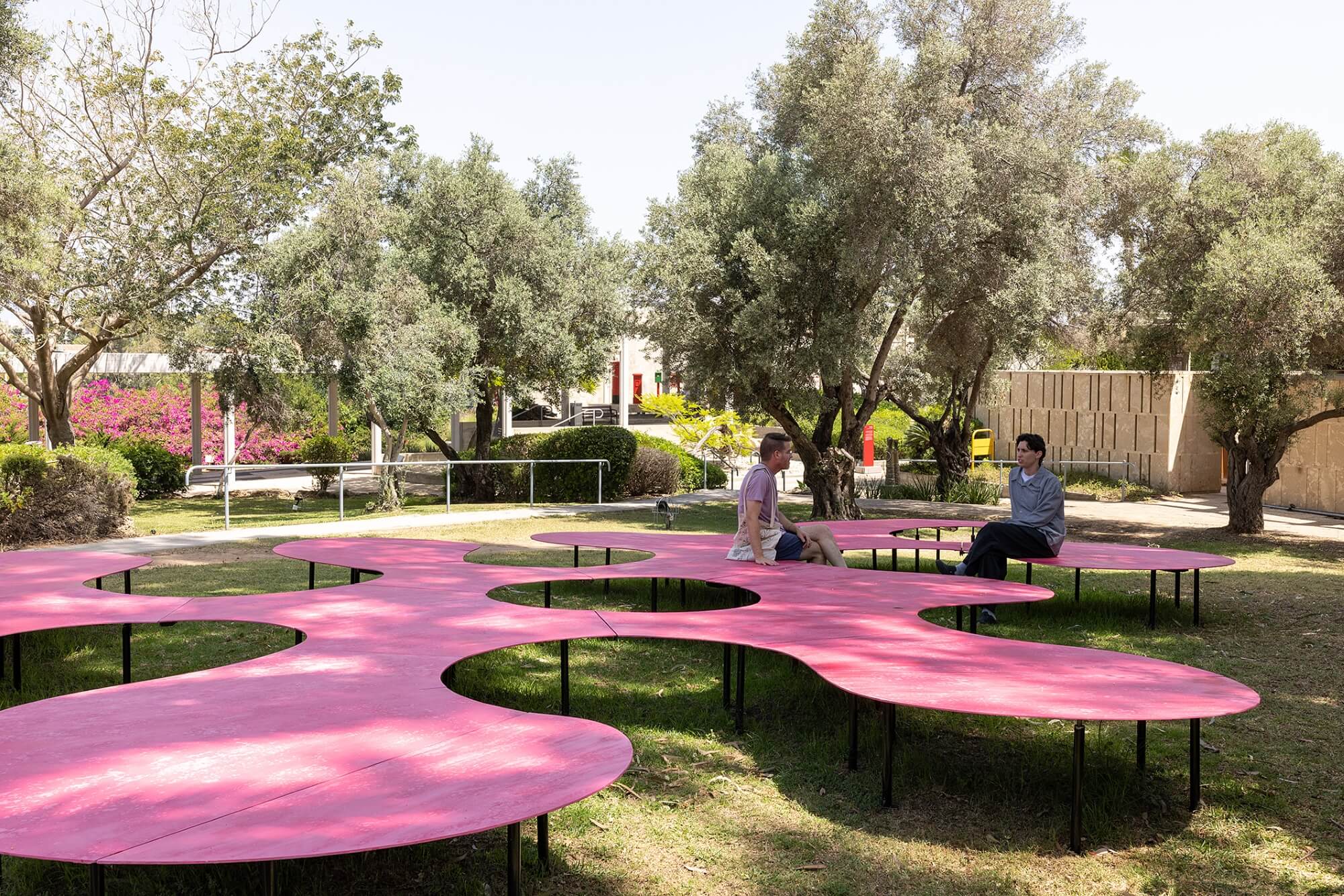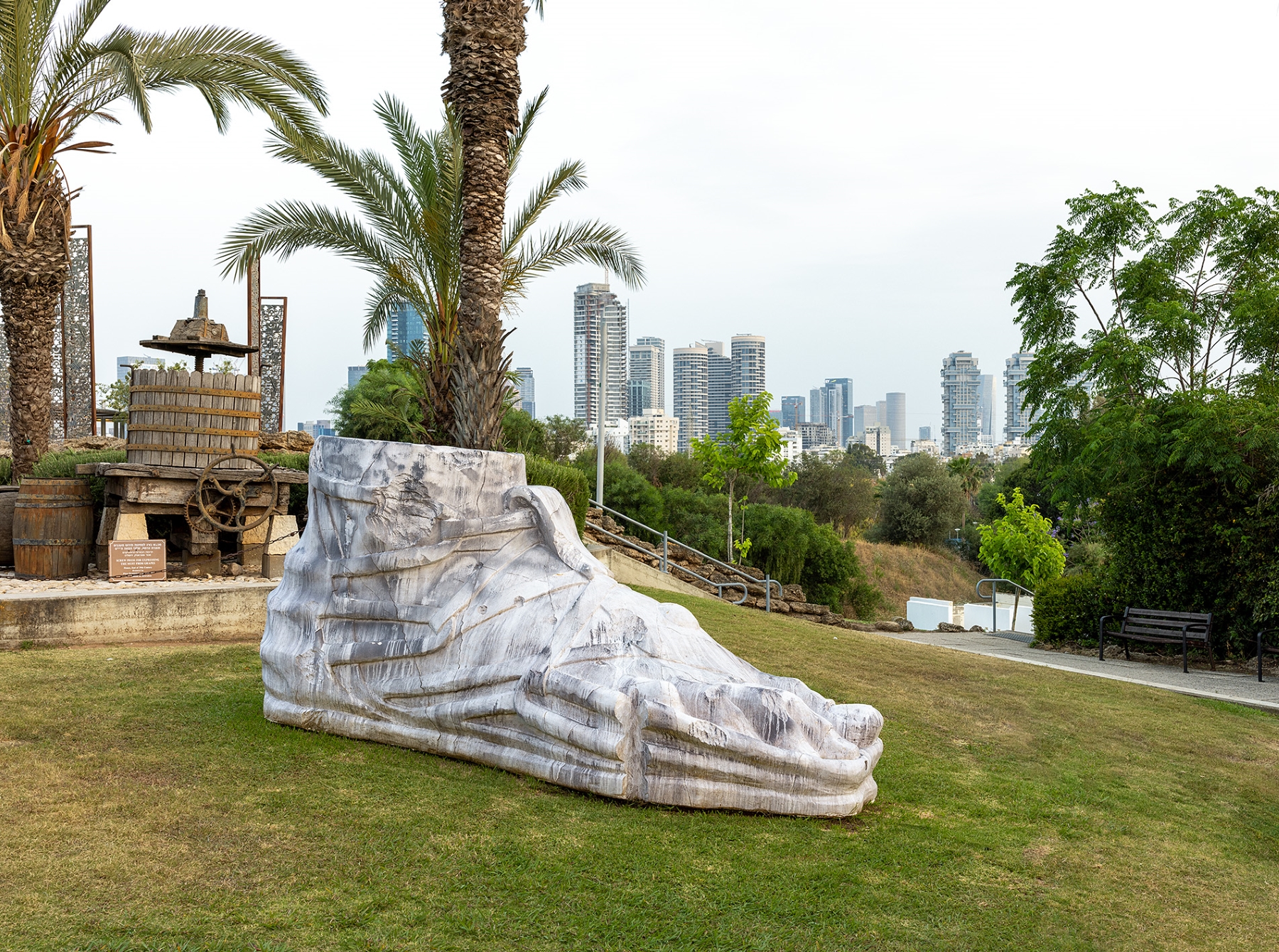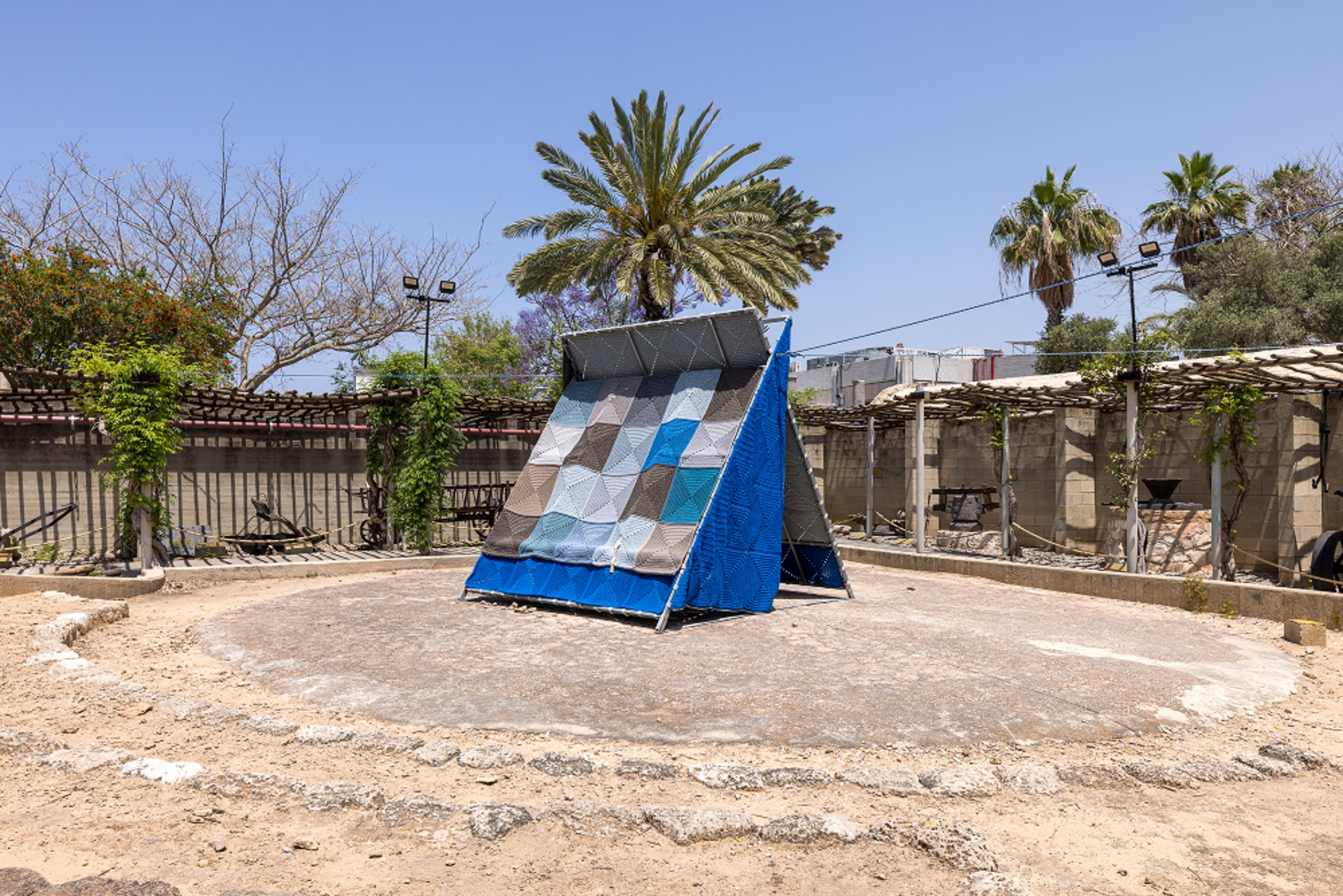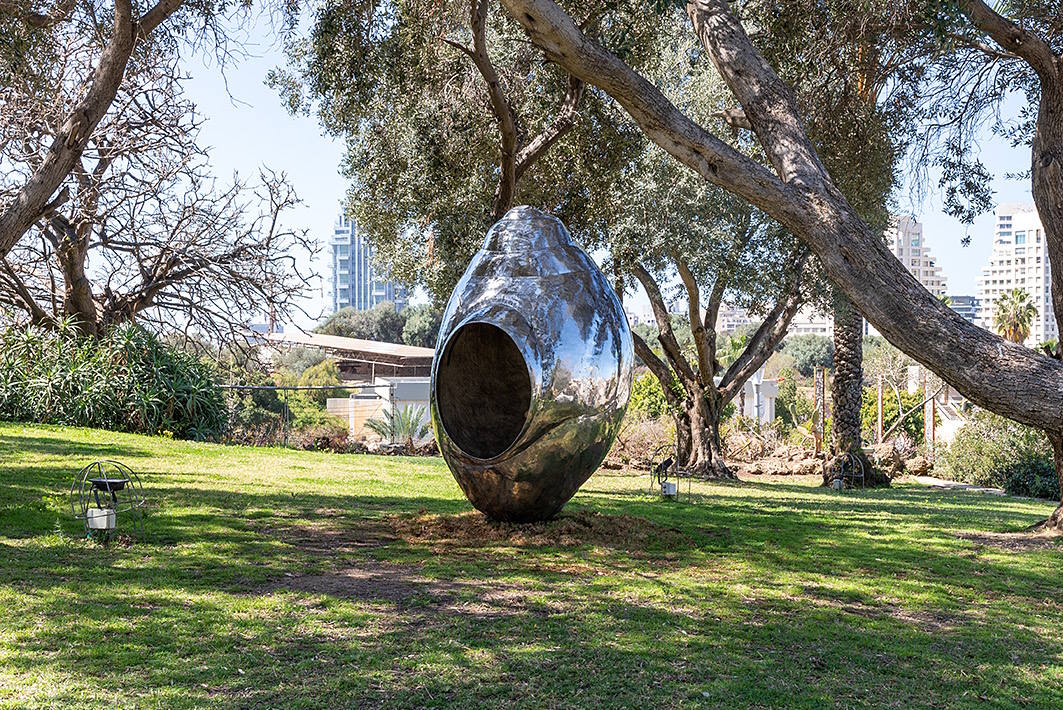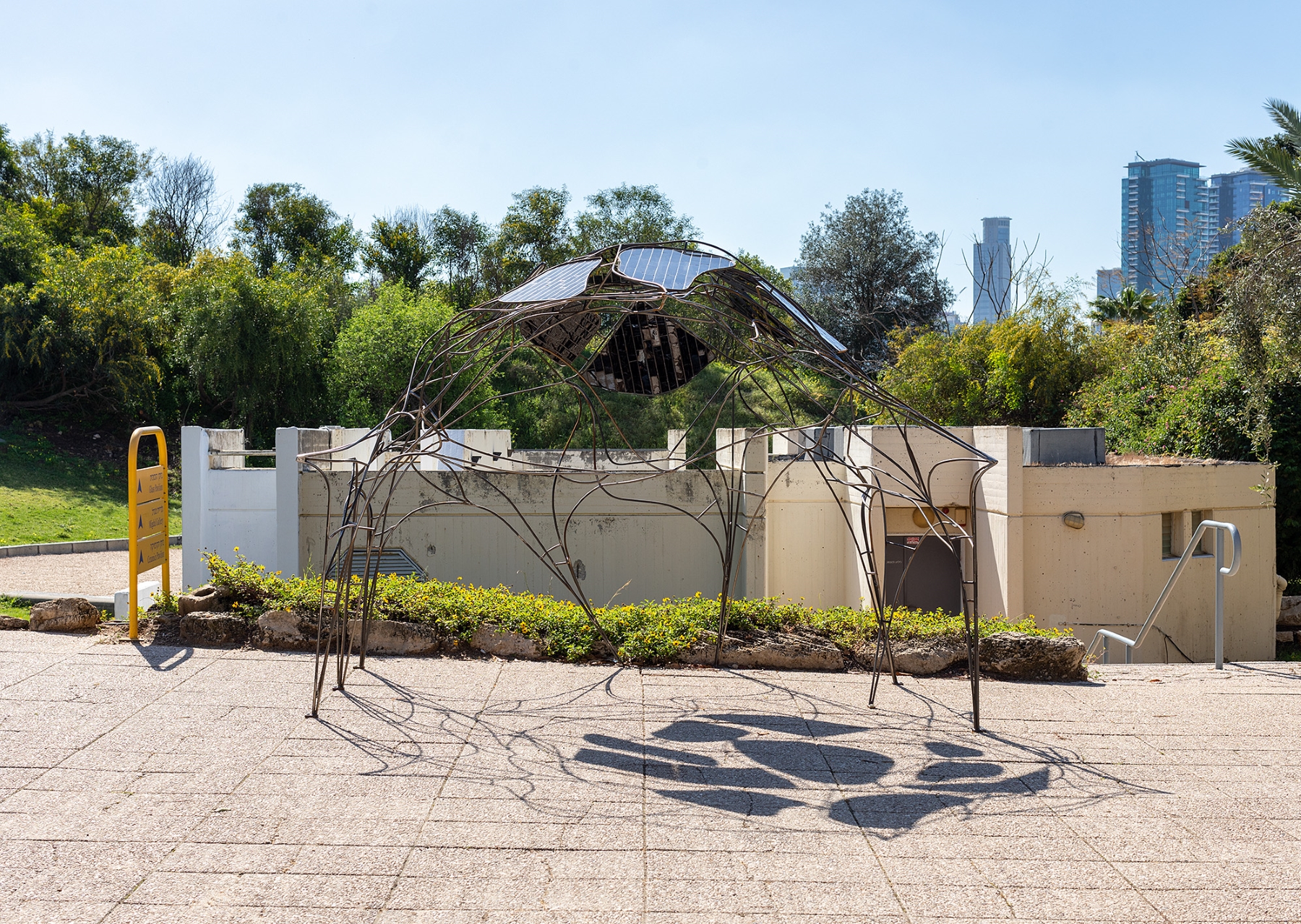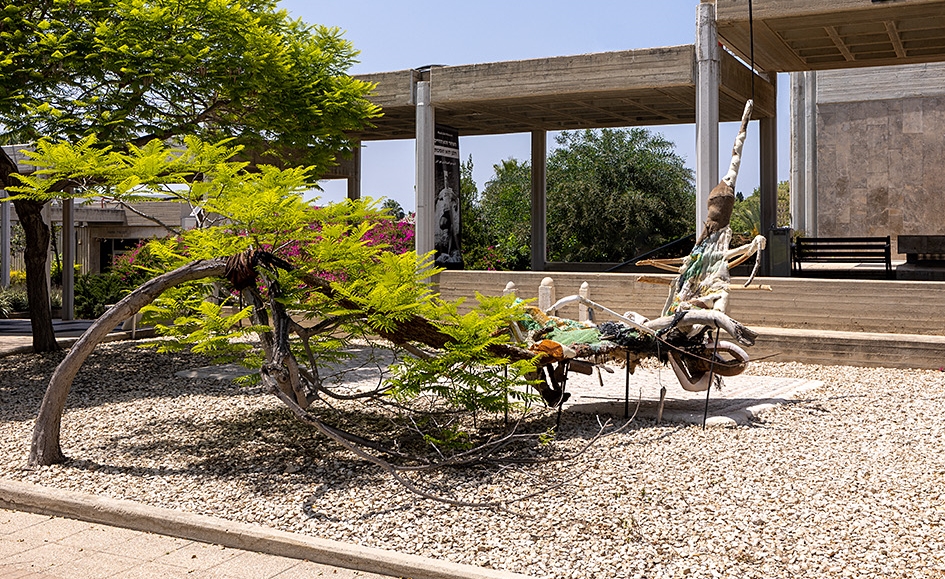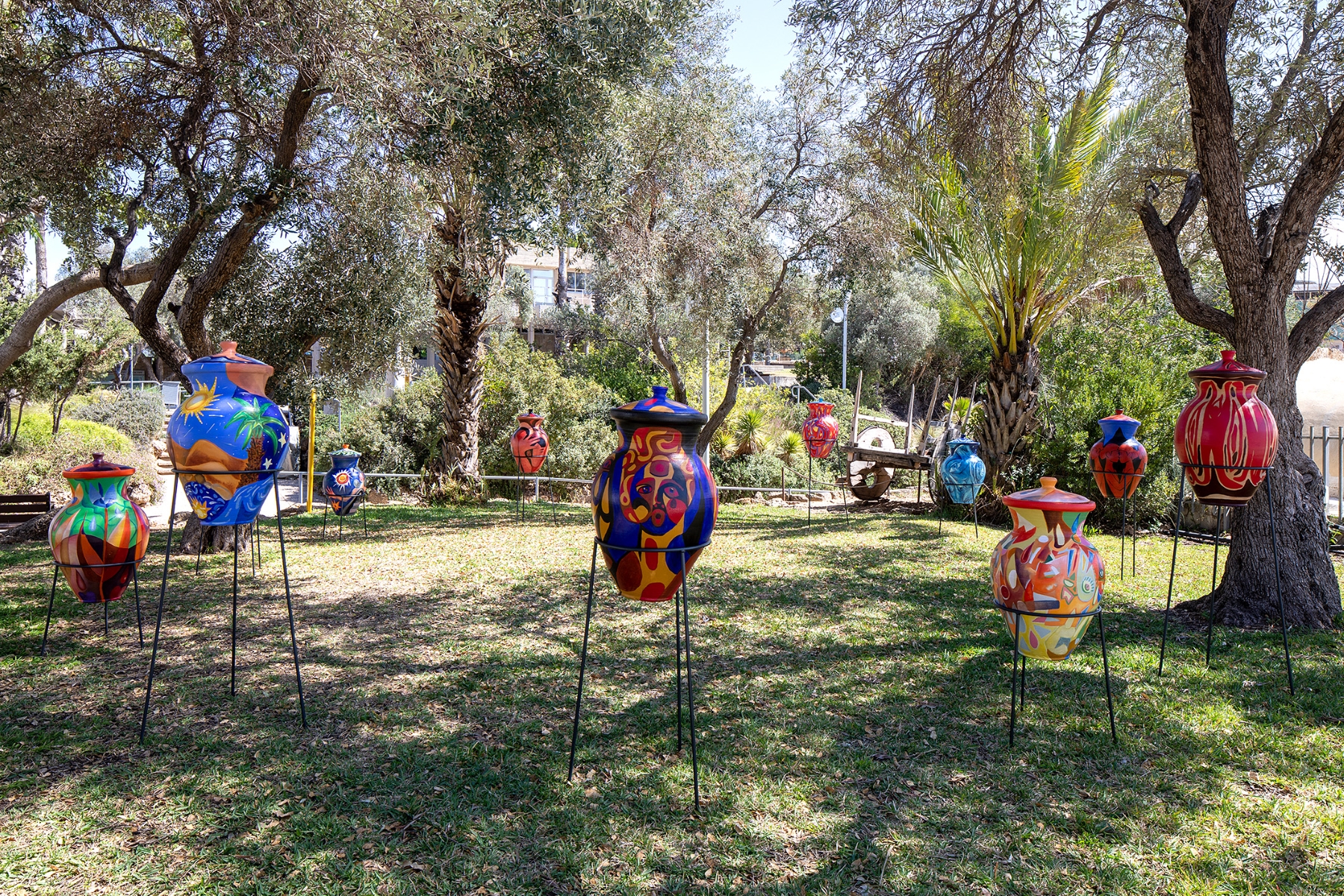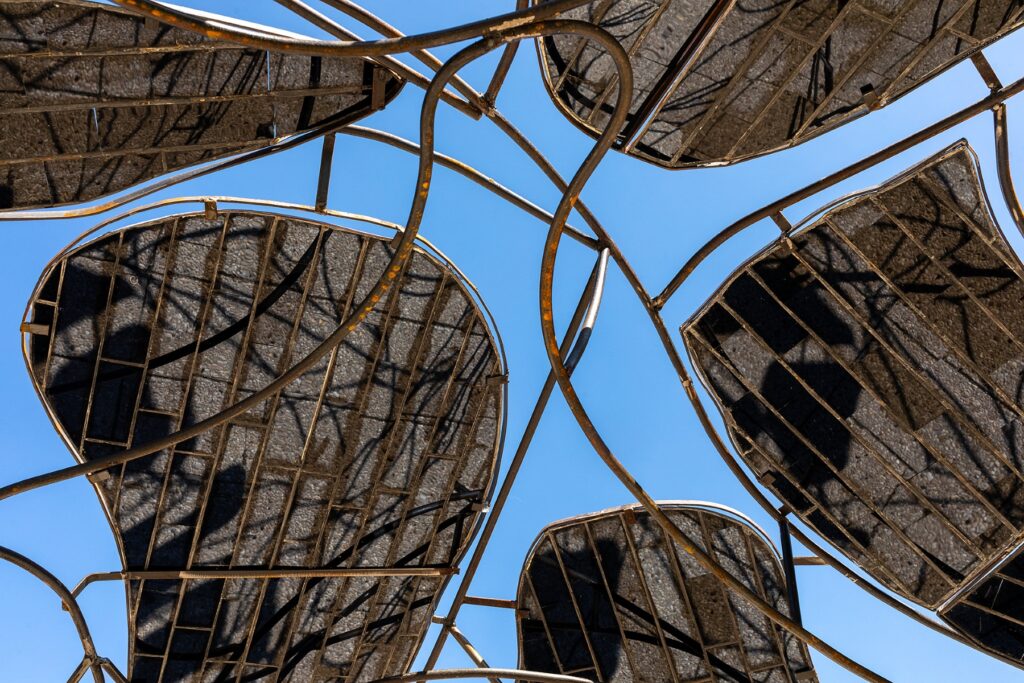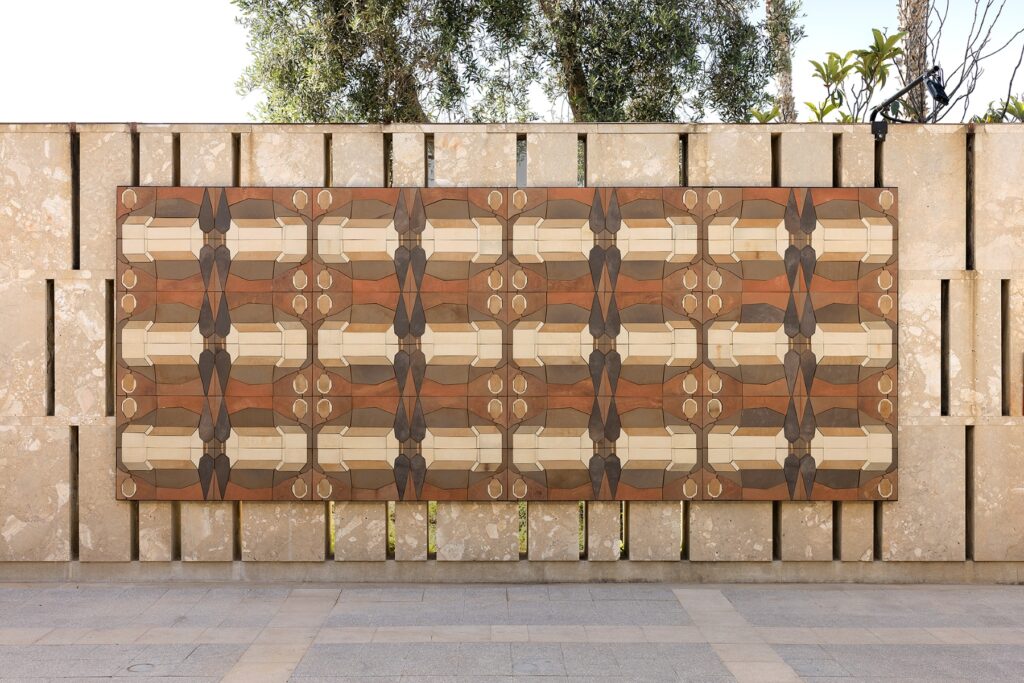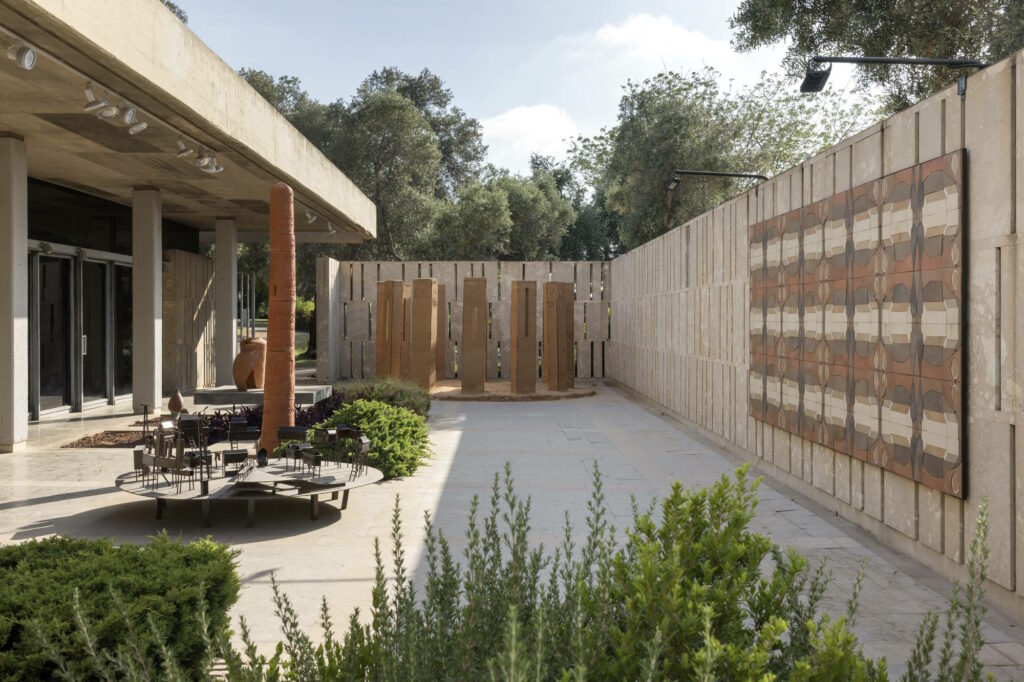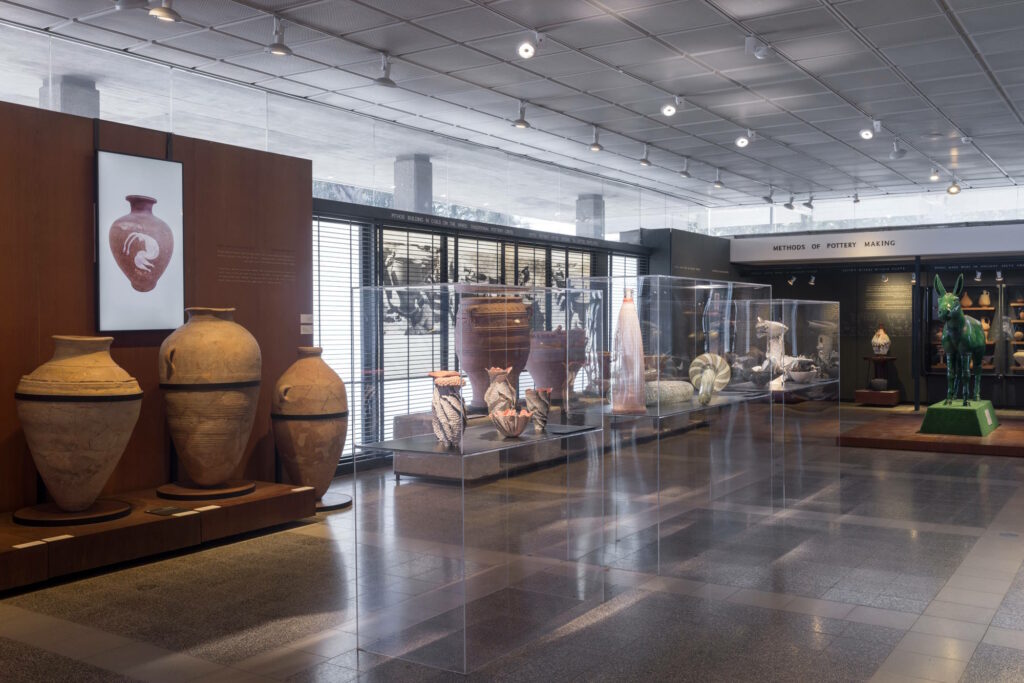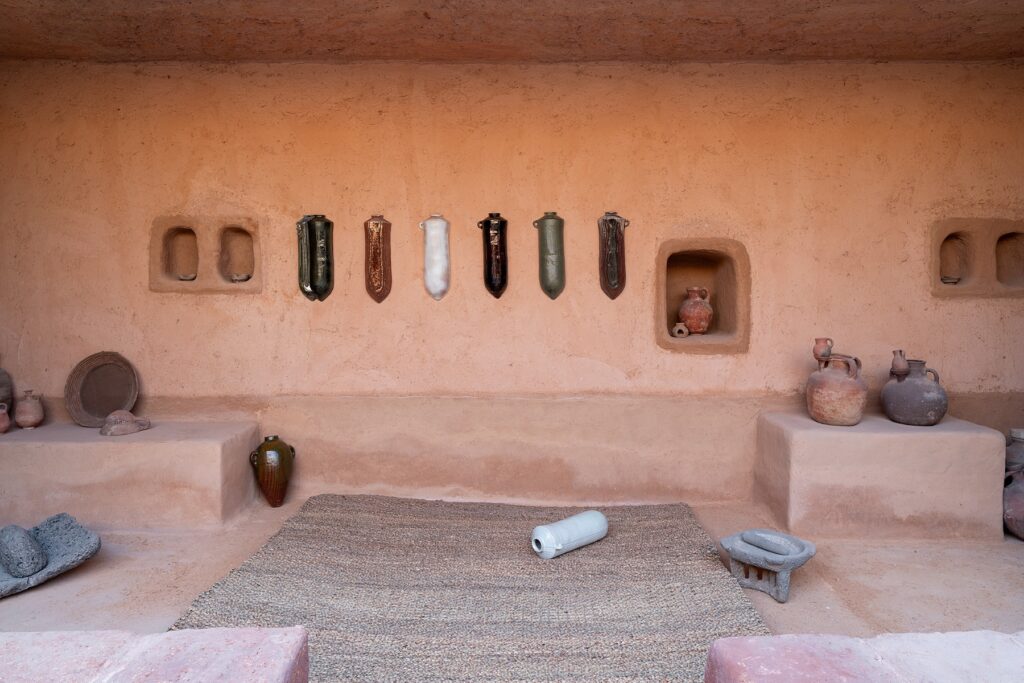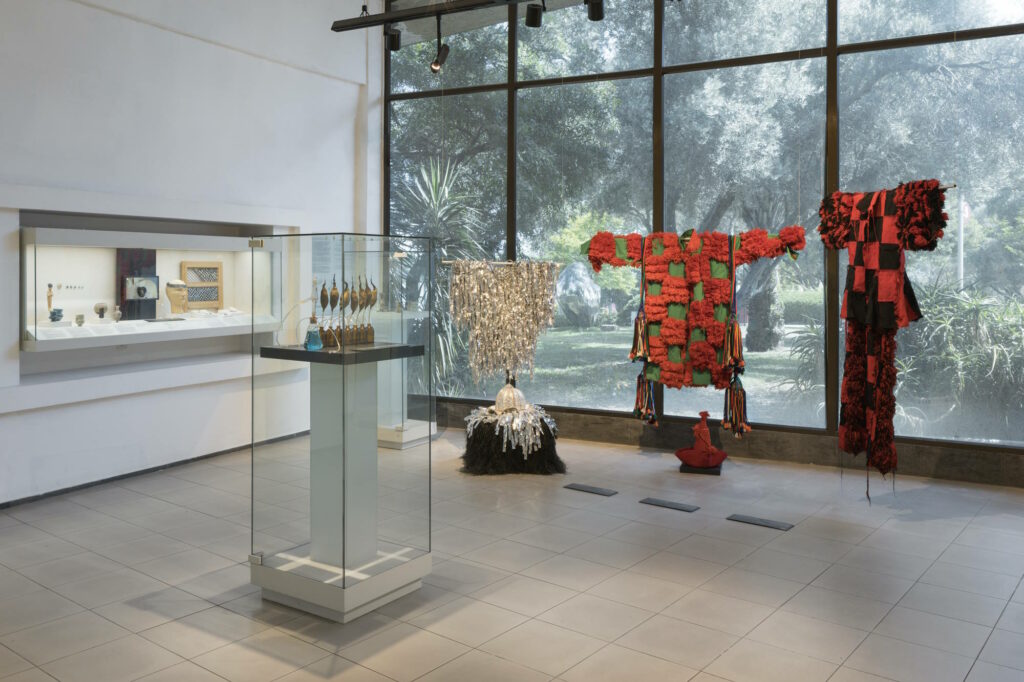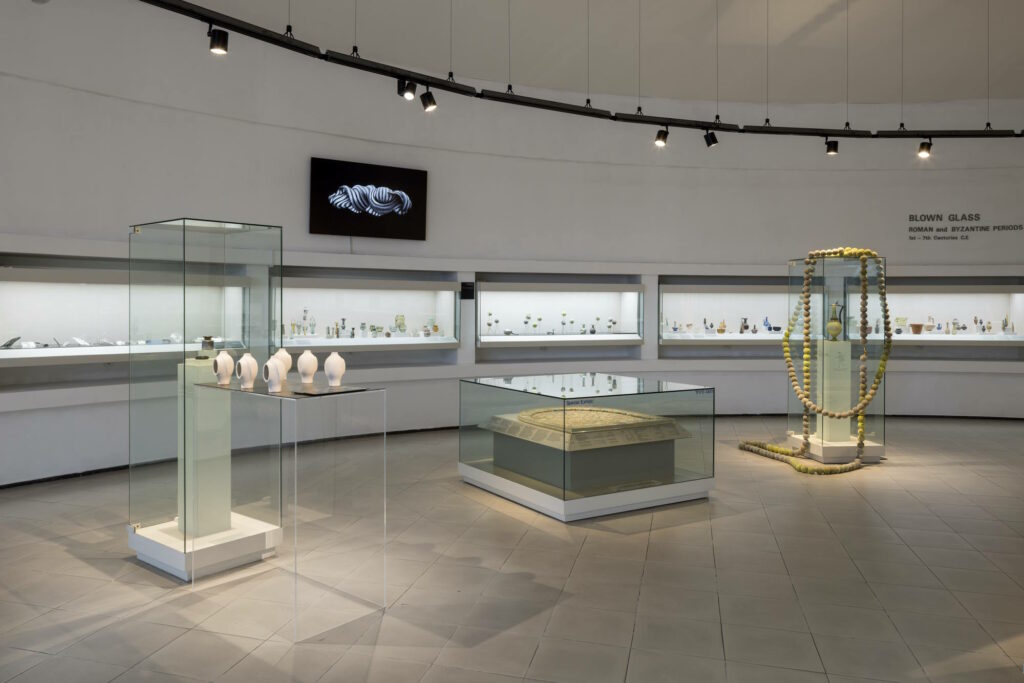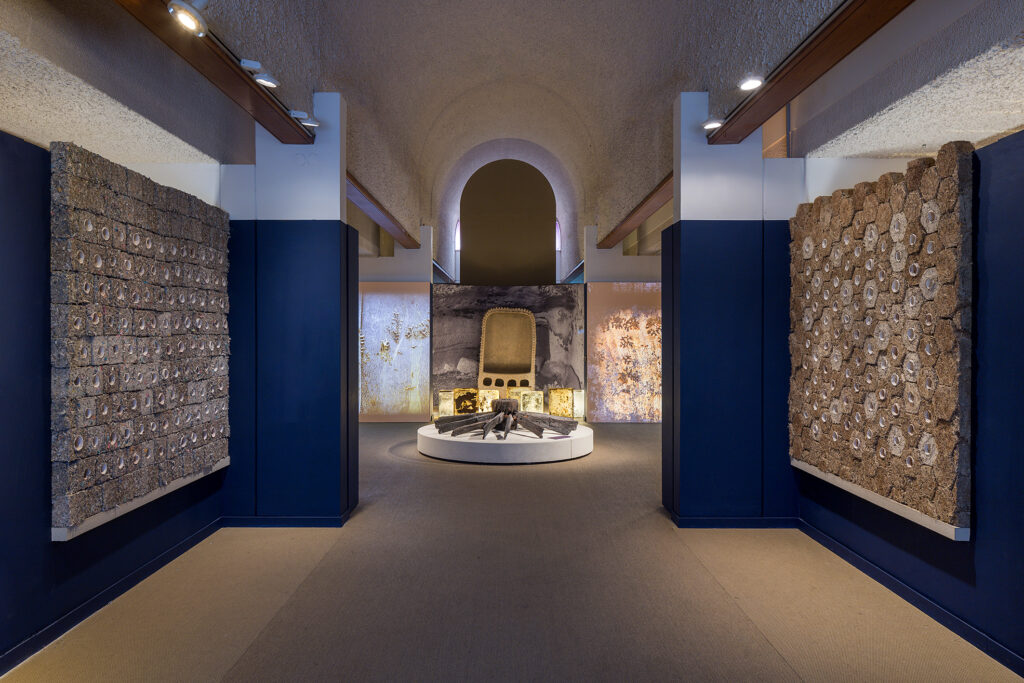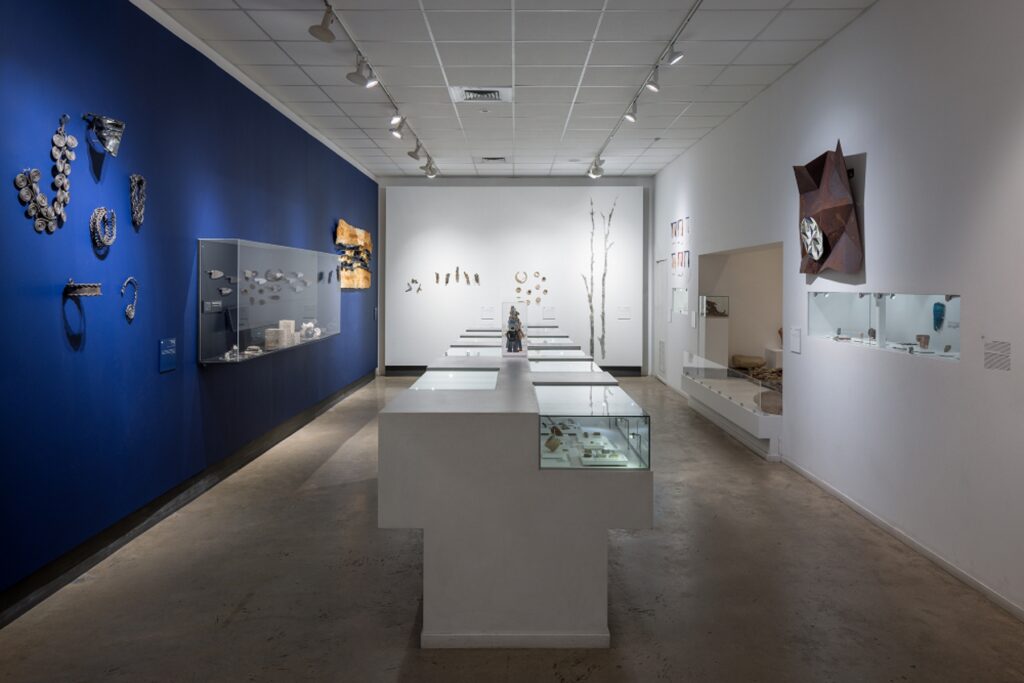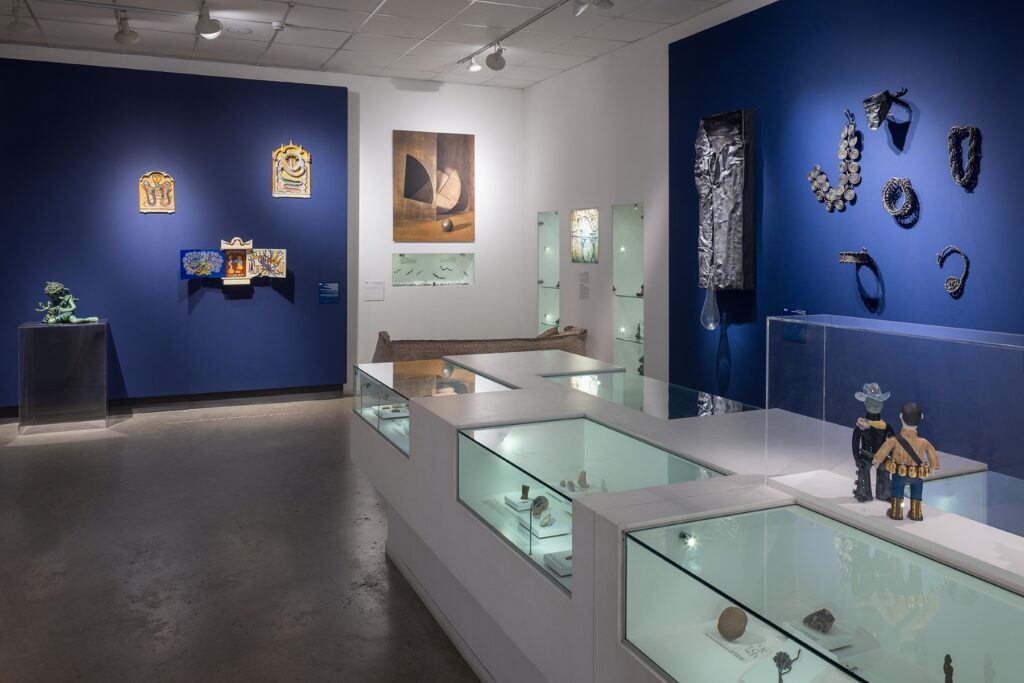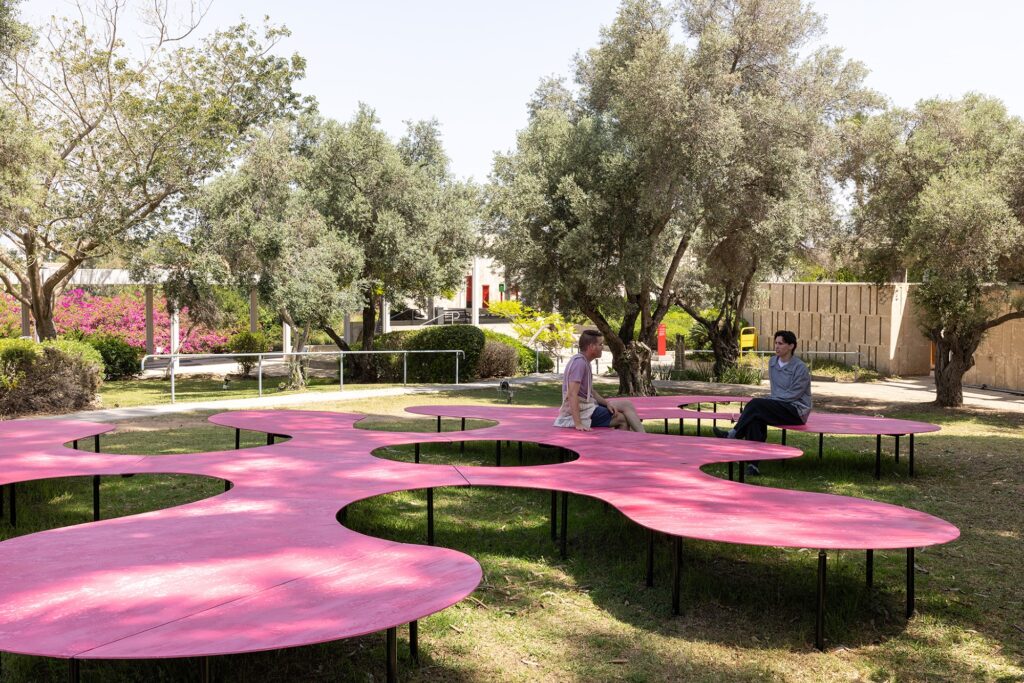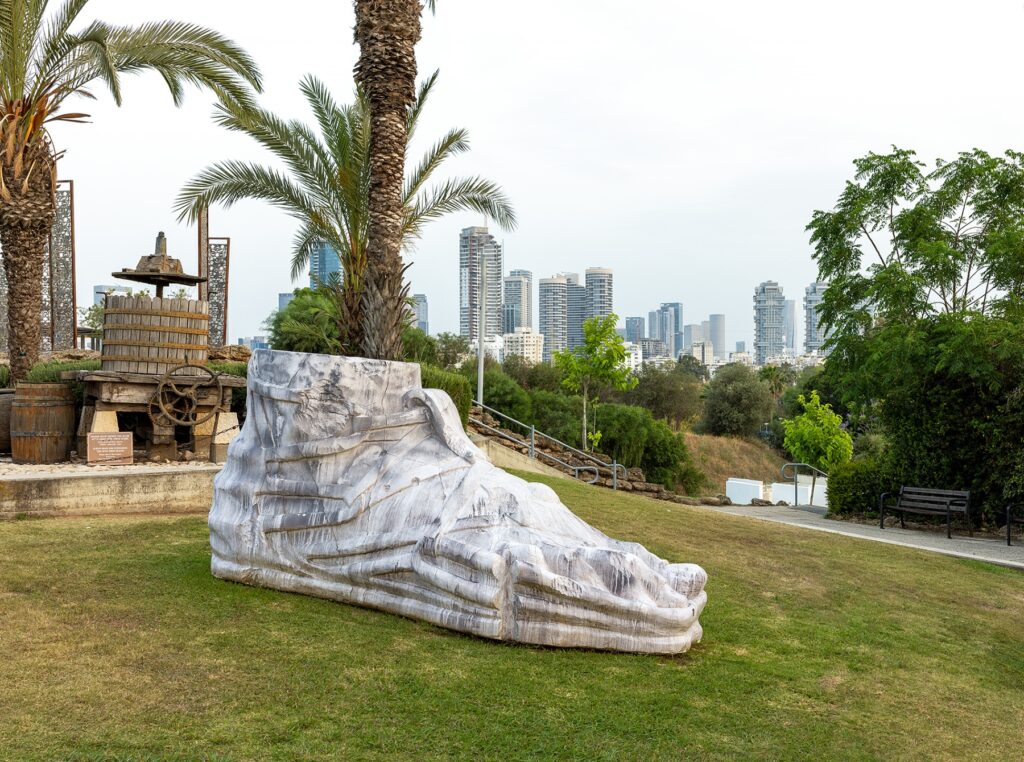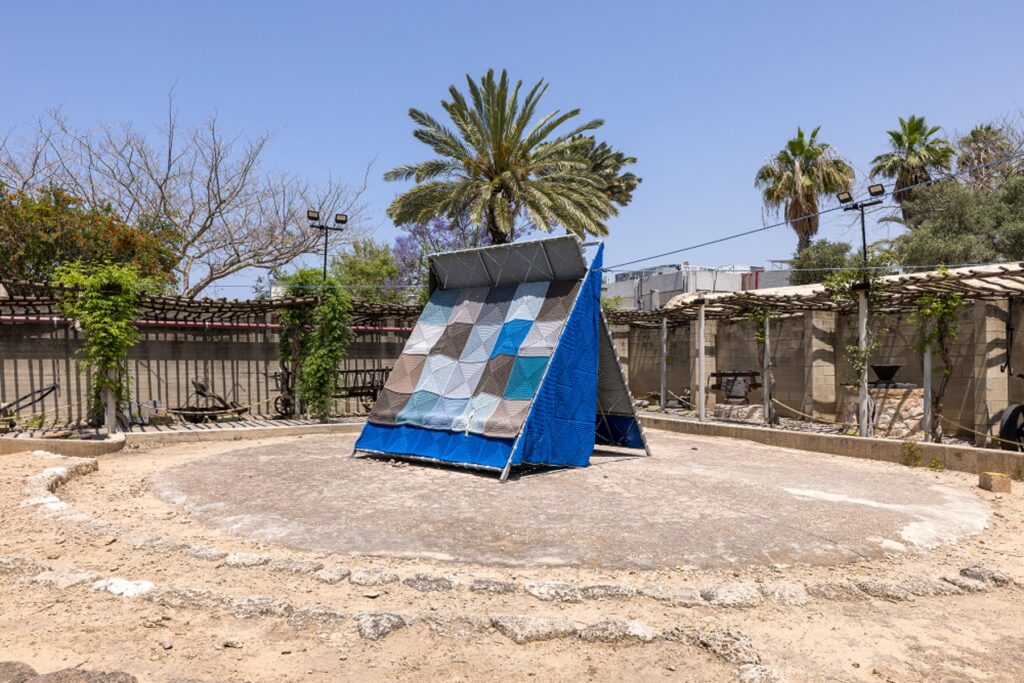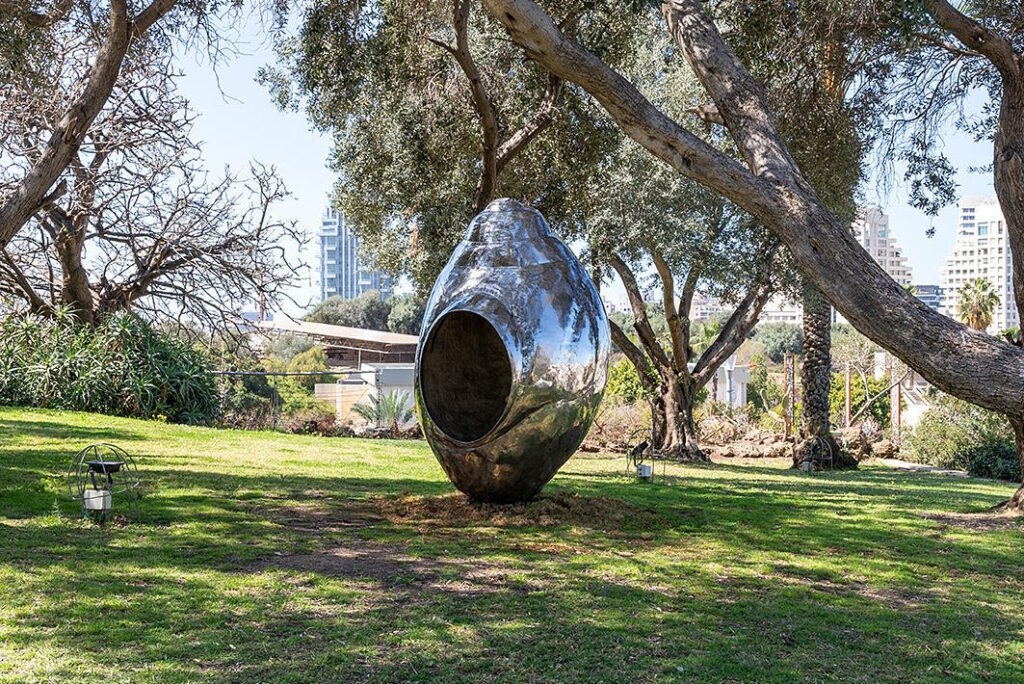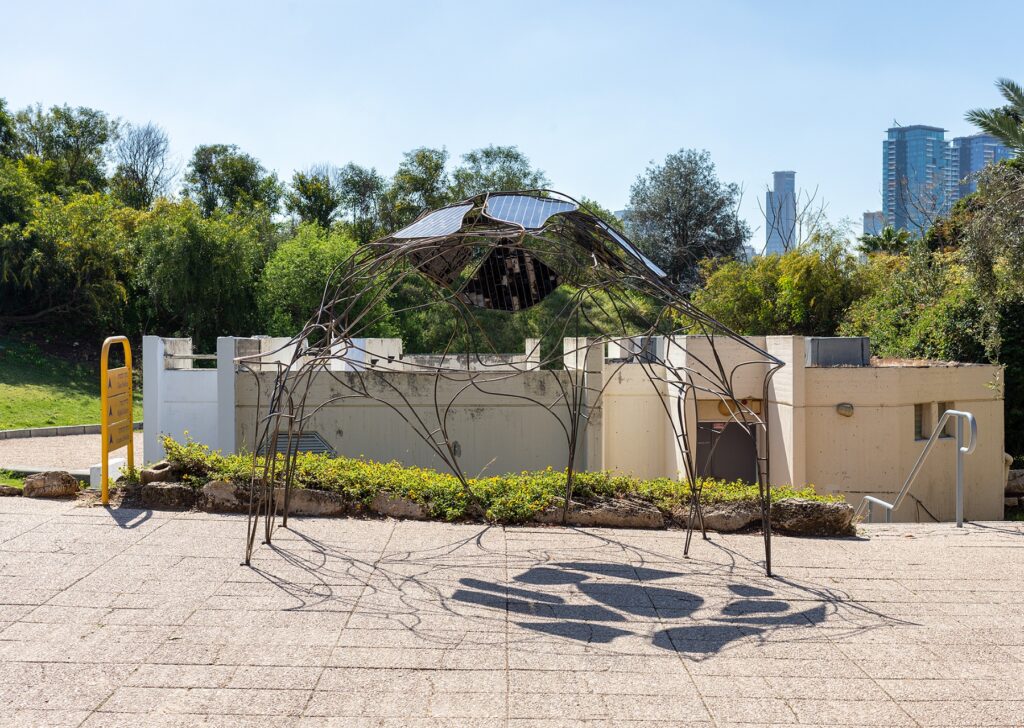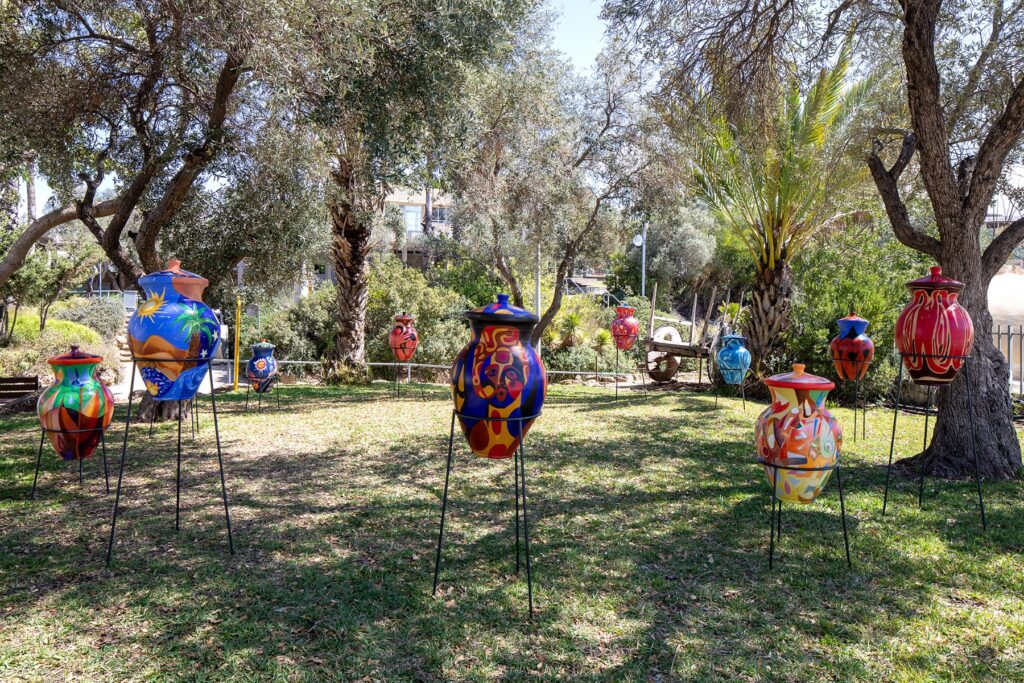The Tel Aviv Biennale of Crafts & Design 2023 offers a cutting-edge view of contemporary crafts and design in Israel today. The Second Biennale, whose chosen theme is “What Is the Measure of Man?” focuses on the human condition at the threshold of a new age. The Biennale examines the different circles that surround us, and our power to impact the future of the place in which we live.
The question “What Is the Measure of Man?” is ascribed to the fifth-century BCE Greek philosopher Protagoras, who stated that “Man is the measure of all things.” This title serves as the Biennale’s point of departure for exploring the influence of creative individuals on the surrounding world, as well as on their inner world. The urgent need to respond to winds of change and to a reality being transformed at an accelerated pace raises questions concerning the role of creative endeavors, which explore and redefine their sphere of action, as well as their own ability to offer a cure for a sustainable world and a humanist future.
The Tel Aviv Biennale of Crafts & Design is a natural extension of the ongoing focus of MUZA, Eretz Israel Museum, on local material culture. The Biennale presents an up-to-date picture of contemporary crafts and design in Israel, including ceramics, glass, jewelry making, textile and paper – in intertwined displays.
Dialogues
The “Dialogues” chapter of the Biennale includes some 150 works, which are integrated into the permanent displays in the Ceramics, Nehushtan, Glass, and Man and His Work Pavilions. This curatorial strategy provides contemporary works with a platform for engaging with the past and imagining it through the lens of the present. The dialogues born of these encounters shed light on the ways in which ancient cultures, traditions and archetypal concepts can inform contemporary artistic expression.
The Ceramics Pavilion
The Ceramics Pavilion serves as a symbolic sphere representing the close relationship between humans and the earth. This relationship is given expression in numerous ancient creation myths, in which the first humans are described as having been created out of dirt. In this context, the image of the ceramic vessel serves a central function: whether it is whole or broken, functional or allegorical, it frequently represents the human body, as a container for a person’s soul during their lifetime or after death, providing a rich platform for multiple narratives.
For the full Hebrew version of the text, go to the Biennale blog
The Glass Pavilion
Glass, an elusive material shaped by the power of the human breath and possessing an astonishing capacity for metamorphosis, is represented in this pavilion by means of exhibits that serve as a rich backdrop for contemporary works offering multiple perspectives on the transformative nature of life.
For the full Hebrew version of the text, go to the Biennale blog
Man and His Work Pavilion
The Man and His Work Pavilion is dedicated to the preservation of a disappearing local material culture. Thanks to the contemporary works featured in the display, it has been transformed into a sort of human beehive, in which artists from different cultures and backgrounds share their talents, skills, and creative visions. Some of the works examine the ways in which longstanding traditions can be revived, preserved, and integrated into contemporary reality. Others engage with the permanent exhibits and the early environmental approaches they reflect. Based on a recognition of the mutual dependence of all life on Earth, they promote a conscious, holistic approach for a sustainable, egalitarian future.
For the full Hebrew version of the text, go to the Biennale blog
Nehushtan Pavilion
The symbolic importance of the Nehushtan Pavilion, which is dedicated to the ancient copper mines at Timna, exceeds its historical context. The analogy between the pavilion and a womb reflects the ancient perception of the earth as a nourishing, womblike source, which produces precious metals that are vital to human development and prosperity. In this context, the act of mining is perceived as a means of using the treasures of the Earth to promote humanity.
For the full Hebrew version of the text, go to the Biennale blog
Outdoor Works
The museum’s open expanses host installations and sculptural or architectural works, which each form a distinct environment. These works explore the role of artists as a benevolent, active force taking a stance to promote a future world characterized by sustainability, equality, empathy and solidarity. They address a range of themes, including habitats, rest, and gathering; research, science, nature and biological diversity; works that change over time, and others concerned with sound, light and movement.
For the full Hebrew version of the text, go to the Biennale blog

